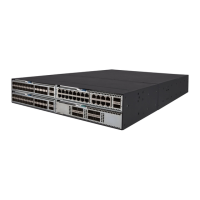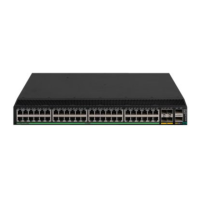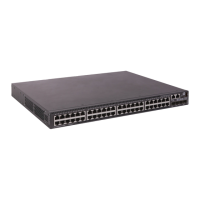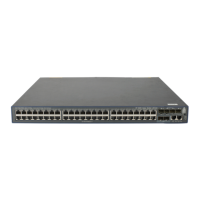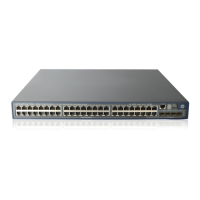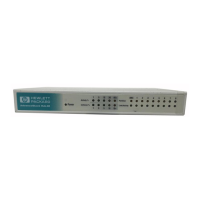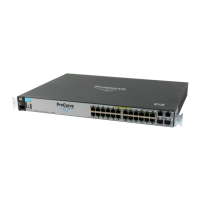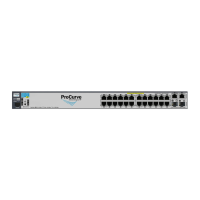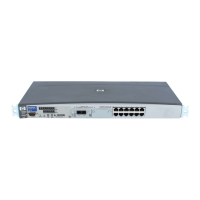100
2. Enter OSPF view.
ospf
[ process-id |
router-id
router-id
|
vpn-instance
vpn-instance-name ]
*
N/A
3. Enable OSPF NSR.
non-stop-routing
By default, OSPF NSR is disabled.
This command takes effect only for the
current process. As a best practice,
enable OSPF NSR for each process if
multiple OSPF processes exist.
Configuring BFD for OSPF
BFD provides a single mechanism to quickly detect and monitor the connectivity of links between
OSPF neighbors, which improves the network convergence speed. For more information about BFD,
see High Availability Configuration Guide.
OSPF supports the following BFD detection modes:
Bidirectional control detection—Requires BFD configuration to be made on both OSPF
routers on the link.
Single-hop echo detection—Requires BFD configuration to be made on one OSPF router on
the link.
Configuring bidirectional control detection
1. Enter system view.
system-view
N/A
2. Enter interface view.
interface
interface-type
interface-number
N/A
3. Enable BFD bidirectional
control detection.
ospf bfd enable
By default, BFD bidirectional control
detection is disabled.
Both ends of a BFD session must be
on the same network segment and in
the same area.
Configuring single-hop echo detection
1. Enter system view.
system-view
N/A
2. Configure the source
address of echo packets.
bfd echo-source-ip
ip-address
By default, the source address of echo
packets is not configured.
3. Enter interface view.
interface
interface-type
interface-number
N/A
4. Enable BFD single-hop
echo detection.
ospf bfd enable echo
By default, BFD single-hop echo
detection is disabled.

